5. Possession (1981) – Andrzej Żuławski
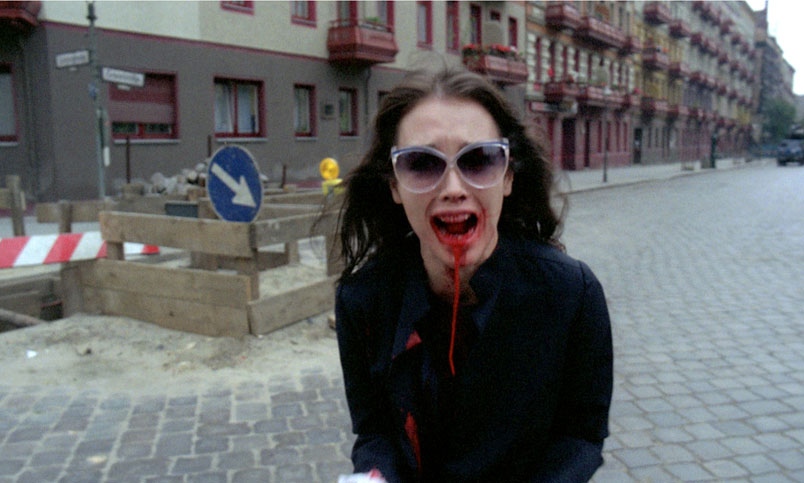
Andrzej Zulawski is perhaps one of the directors who was most clearly influenced by Dario Argento’s work in his films, and “Possession” is one of his best. The plot tells the story of Mark, a troubled and struggling married man who decides to start following his wife Anna, suspecting that she is cheating on him. So far nothing seems terribly abnormal, until he discovers the strange creature Anna is secretly meeting. Their relationship becomes increasingly problematic, as does their psychological state, which also affects their young child.
“Possession,” in addition to its other various aesthetic and narrative merits, impresses mainly by the intensity of the performances of its two protagonists, played by Sam Neill and Isabelle Adjani. Even those who have not yet watched the movie must have heard of the famous subway scene, but also worth mentioning are the long and vigorous scenes of the couple in discussion, which still has the power to disturb who watches it today. In addition, the film also includes interesting psychoanalytic reflections on marriage, and, as in most of Argento’s films, deals with religious, sexual, and grotesque elements.
4. The Church (1989) – Michele Soavi
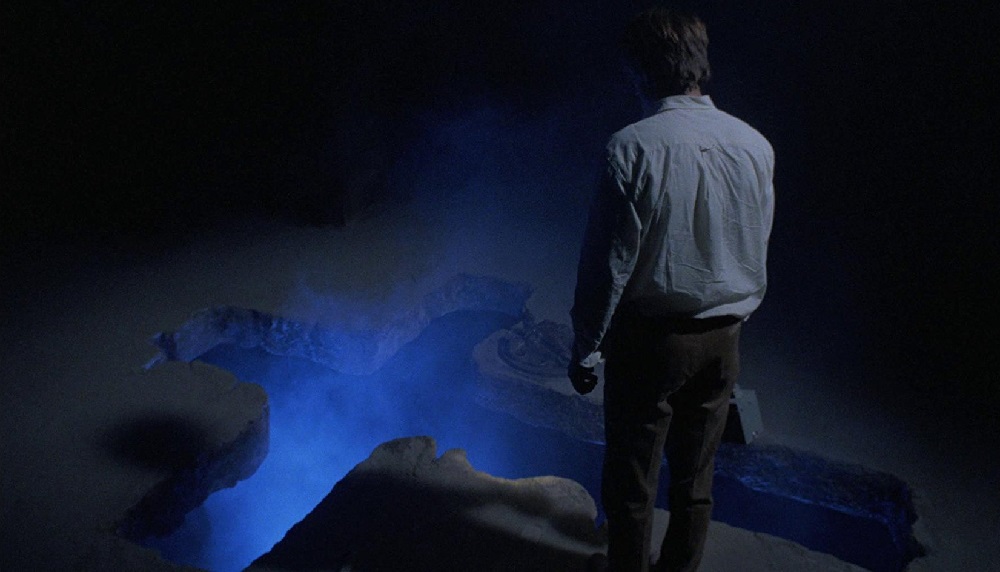
Dario Argento is a producer and screenwriter in this horror directed by Michele Soavi. The film begins by showing a massacre in a village in medieval Europe, where knights cruelly destroy everything because the locals are considered devil worshipers, and, after finishing the work, build a large religious temple over the crypt where they buried the bodies of the victims.
We move to the present day, where the church remains intact and imposing. Something causes the curse of the massacred to be unleashed, and now the spirits of the dead arrest the people who attended church and want revenge for whatever was done to them.
The fact that Argento wrote and produced this film is no coincidence, and, although he did not direct it, it is apparent that his presence and participation greatly influenced the construction of the film. All the technical aspects of “The Church” refer to the most well-known Argento films, with its stylization and violent exploitation. In addition, the theme is reminiscent of the themes that most interested the giallo master, since it is a horror film based on religious elements, so it is undoubtedly a movie that can interest any fan of the director.
3. The Driller Killer (1979) – Abel Ferrara
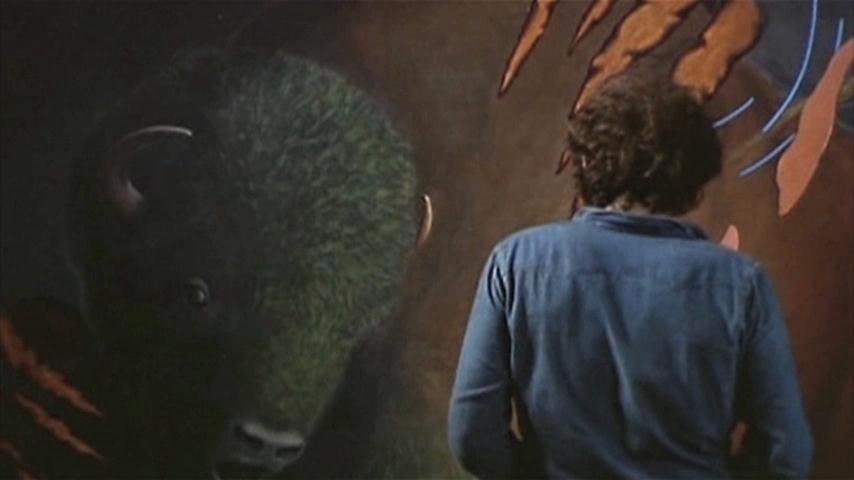
Abel Ferrara himself plays the protagonist Reno, an eccentric and idiosyncratic painter who is finishing the painting of a buffalo commissioned by a gallery owner. He lives with his girlfriend Carol in a precarious apartment in the New York suburbs, and they both face financial and relational difficulties, made worse by Reno’s difficulties in finishing the painting.
As if that were not enough, a rock band rents out the neighboring apartment and constantly has noisy rehearsals, making it impossible for Reno to rest. He begins to hallucinate and have bizarre delusions as his nervousness gets more intense, prompting him to commit a series of brutal murders.
The characteristics of this movie that most closely resemble the Argento films are undoubtedly its distorted sound effects, the scenes of murders filled with a profusion of blood and cruelty, and the hallucination moments of Reno, which are very similar to the ones that we see in movies like “Phenomena.”
Already in the enigmatic first scene it is possible to allude to Argento’s way of filming, with Reno entering a creepy church and encountering a strange character who tries to grab his hand. The atmosphere of the film is permeated by a constant tension in which the viewer wonders when the next murder will be. The punk band’s sound also helps set the mood for the movie, and helps bring the feel of the characters’ underworld to the screen.
2. Dressed To Kill (1980) – Brian de Palma
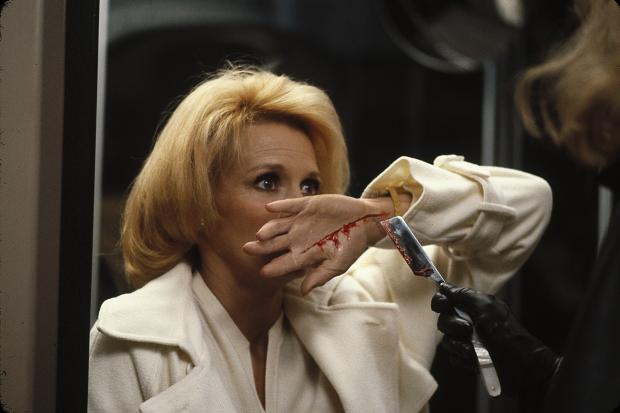
The story begins with a focus on Kate Miller, a woman dissatisfied with her marriage who reports her plight to her psychologist shortly after having a bad sexual experience with her husband.
The psychologist in question is Dr Robert Elliot, who we will soon learn a serious professional and who takes the ethics of his profession to the extreme: he refuses to flirt with Kate, but the fact that she has messed with his feelings will eventually have serious consequences for her. After spending an afternoon with a man whom she had met at a museum, Kate is suddenly murdered by a mysterious tall, dark-haired woman in sunglasses. The only witness is the prostitute Liz, who will be assisted by Kate’s son Peter to try to find out the blonde’s identity.
It impresses De Palma’s way of conducting the narrative here, inserting a narrative twist near the end of the first act, and, from the first scene, working on building tension and suspense. Kate’s flirting scene at the museum is one of the best in the movie, despite its apparent simplicity, working only with the play of glances and inserts of memories. In addition, the editing in the murder scenes is very similar to those in Argento’s films, always focusing on the details of the act: the weapon, the scream of pain and fear, and the hunted face of the victim.
1. The Neon Demon (2016) – Nicolas Winding Refn
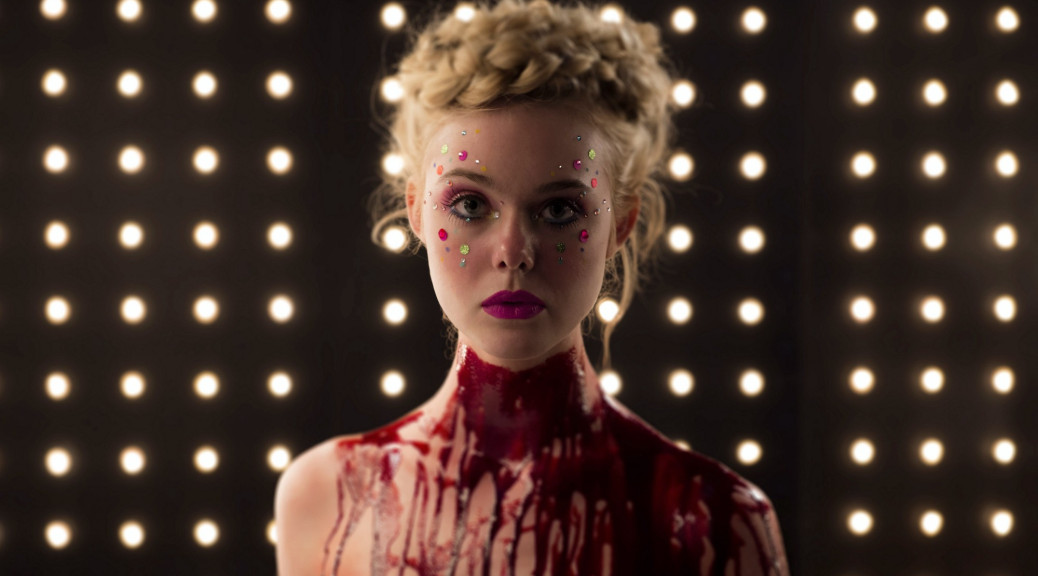
In “The Neon Demon,” Elle Fanning is outstanding playing Jesse, a young aspiring photographic model who ends up suffering at the perverse hands of businessmen and other savvy models because of her great ingenuity. The plot begins with Jesse moving to Los Angeles shortly after his 16th birthday to pursue her dream of becoming a successful model. At first everything seems to work out, but she soon realizes that she has entered a world of envy and brutality far darker than she thought.
In this colorful and engaging thriller on the dark and dangerous side of the fashion world, Nicolas Winding Refn comes very close to the style employed by Argento in his best films. With a plot that satisfactorily achieves a high degree of progression toward the absurdity of human actions as a metaphor for the cruelty of a world centered on the cult of image and money, “The Neon Demon” is one of the films that, at least imagistically, most often refer to Argento’s acclaimed successes, with a color palette that stands out all the time, as well as an atmosphere of permanent sensuality and danger.